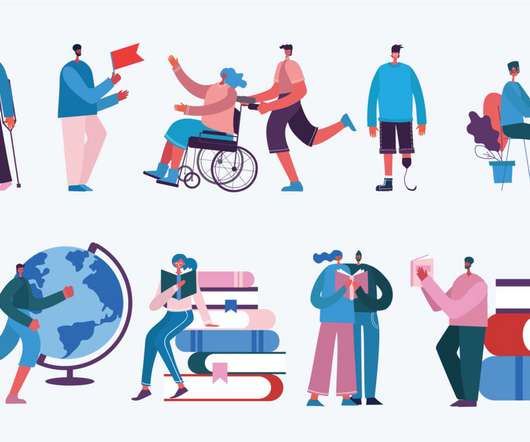What Your Students Aren’t Telling You: Listening, Learning, and Leading with Empathy
Faculty Focus
MAY 15, 2025
These courses enroll a diverse cross-section of the student body, creating the perfect environment to listen broadly and learn deeply. Over multiple semesters, more than 2,000 students voluntarily participated in IRB-approved surveys and follow-up interviews. Tessa Wolf strengthened our commitment to inclusive course design.


























Let's personalize your content